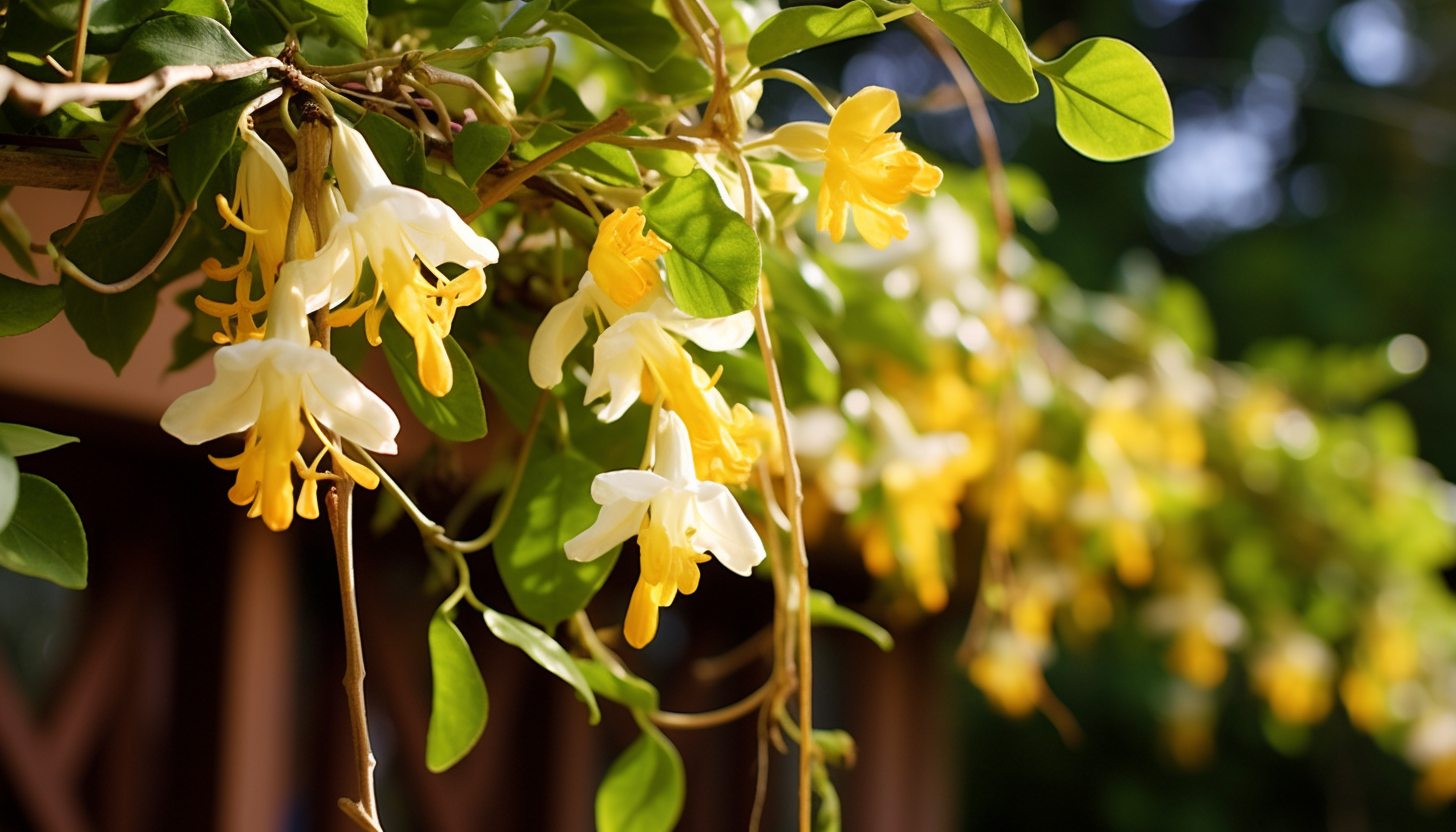California is home to a wide variety of native vines, which can add beauty and interest to any Golden State garden. Here are 5 popular California native vines, along with some facts and their care requirements:
California honeysuckle (Lonicera hispidula): California honeysuckle is a fast-growing, deciduous vine that is covered in fragrant flowers in the spring. It is a popular choice for gardens because it is drought-tolerant, deer-resistant, and attracts hummingbirds.
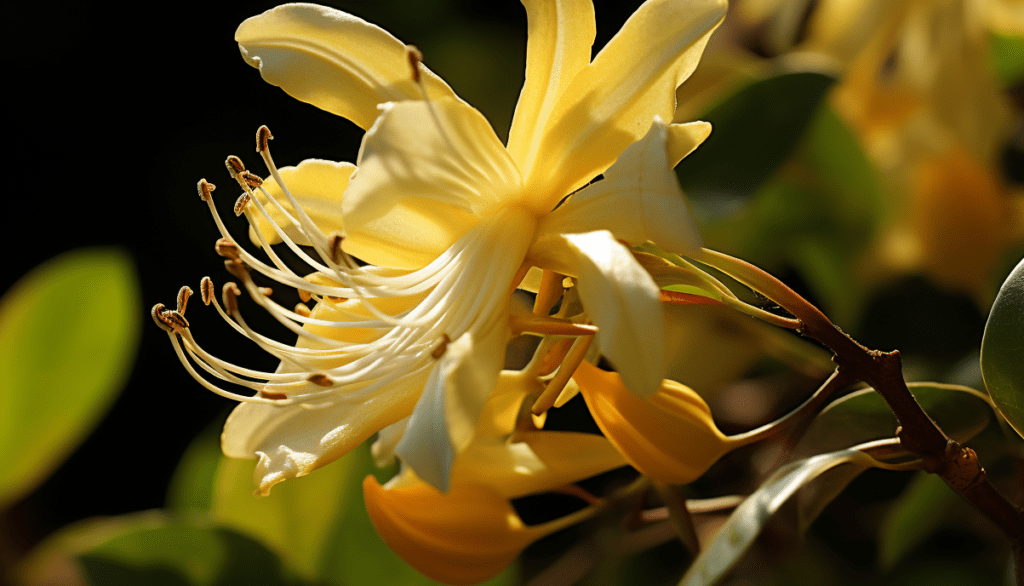
- Family: Caprifoliaceae
- Native range: Western United States, from California to Washington
- Height: 6-10 feet
- Spread: 4-6 feet
- Bloom time: Spring
- Flowers: White, pink, or red, fragrant
- Fruit: Red berries, edible but mildly poisonous
- Soil: Well-drained, sandy loam
- Sun exposure: Full sun to partial shade
- Water needs: Drought-tolerant once established
Of all the California native vines on this list, California honeysuckle is easy to care for. It prefers full sun to partial shade and well-drained soil. It is drought-tolerant once established, but it should be watered deeply during the first year after planting. California honeysuckle can be pruned in the spring to shape it and encourage new growth.
Western white clematis (Clematis ligusticifolia): Western white clematis is a deciduous California native vine that is known for its fragrant, white flowers that bloom in the fall. It is a bit more demanding than some other California native vines, but it is well worth the effort. The flowers are followed by silky, feathery achenes that resemble an old man’s beard (which it has also been nicknamed).
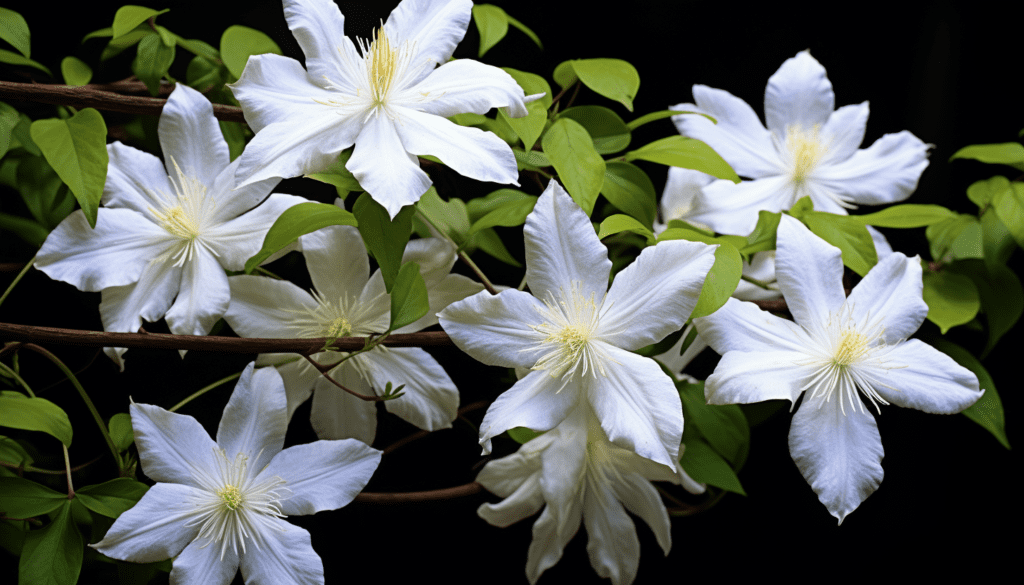
- Family: Ranunculaceae
- Native range: Western United States, from California to British Columbia
- Height: 10-15 feet
- Spread: 8-10 feet
- Bloom time: Late summer to fall
- Flowers: White, fragrant
- Fruit: Silky, feathery achenes
- Soil: Well-drained, sandy loam
- Sun exposure: Full sun to partial shade
- Water needs: Drought-tolerant once established
White western clematis is easy to care for. These California native vines prefer full sun to partial shade and well-drained soil. It is drought-tolerant once established, but it should be watered deeply during the first year after planting. The vine can be pruned in the spring to shape it and encourage new growth.
California pipevine (Aristolochia californica): California pipevine is a deciduous vine that is known for its unusual, pipe-shaped flowers. These California native vines of a slow grower, but it is very long-lived. The flowers are pollinated by carrion flies, which are attracted to the musty odor of the flowers.
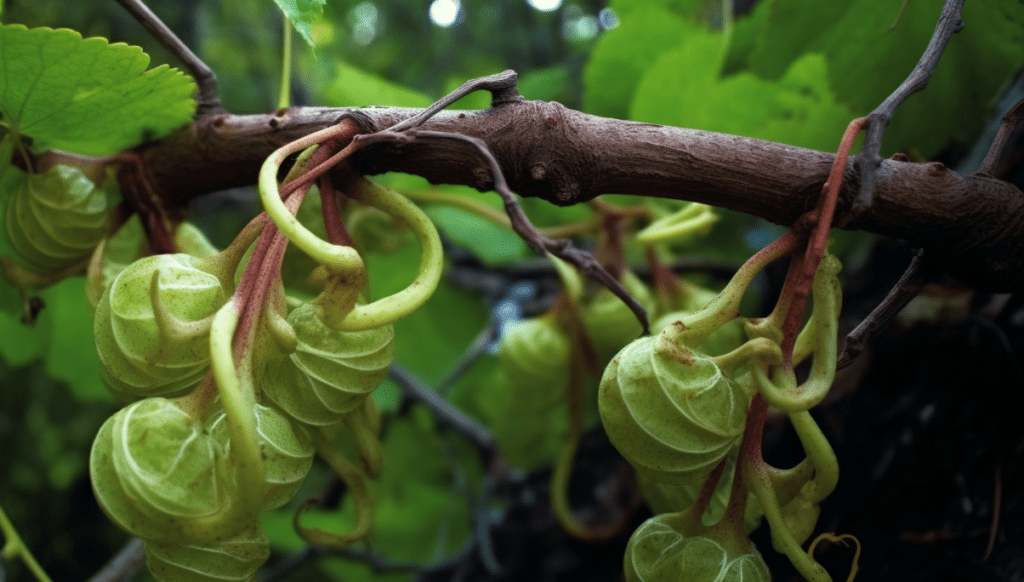
- Family: Aristolochiaceae
- Native range: Western United States, from California to Oregon
- Height: 5-20 feet
- Spread: 3-6 feet
- Bloom time: January to April
- Flowers: Green to brown, pipe-shaped, fragrant
- Fruit: Capsules
- Soil: Well-drained, sandy loam
- Sun exposure: Full sun to partial shade
- Water needs: Drought-tolerant once established
California pipevine is the host plant for the endangered Pipevine swallowtail butterfly. The caterpillars of the Pipevine swallowtail butterfly only feed on California pipevine, so the plant is essential for the survival of this species.
California pipevine is one of the California native vines that is easy to care for. It prefers full sun to partial shade and well-drained soil. It is drought-tolerant once established, but it should be watered deeply during the first year after planting. California pipevine can be pruned in the spring to shape it and encourage new growth.
California pipevine is a beautiful and unique plant that can be a valuable addition to any garden. It is a great choice for those who are looking for low-maintenance California native vines that are also beneficial to wildlife.
California wild grape (Vitis californica): California wild grape are deciduous California native vines that are also native to Oregon. It is a vigorous grower and can reach heights of up to 30 feet. The leaves are 3-5 lobed and the flowers are greenish-white and fragrant. The fruit is purple and edible, but it is often sour.
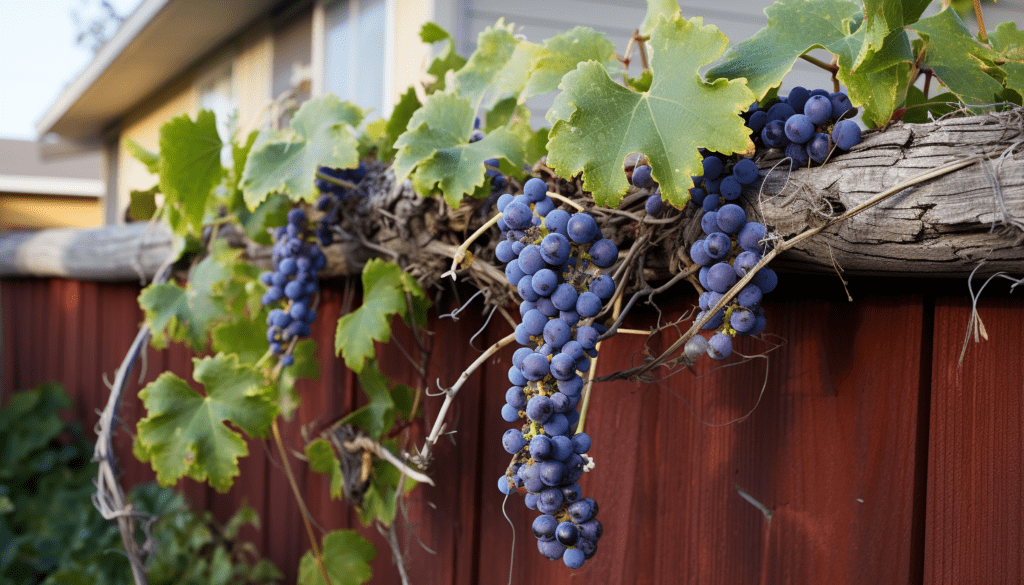
- Family: Vitaceae
- Native range: Western United States, from California to Oregon
- Height: 10-30 feet
- Spread: 10-20 feet
- Bloom time: May to June
- Vitis californica (California wild grape) flowers
- Flowers: Greenish-white, fragrant
- Fruit: Purple grapes, edible
- Soil: Well-drained, sandy loam
- Sun exposure: Full sun to partial shade
- Water needs: Drought-tolerant once established
California wild grape is a valuable plant for wildlife. The grapes are a food source for birds, mammals, and insects. The leaves are also used by caterpillars of some butterfly species.
California wild grape is easy to care for. It prefers full sun to partial shade and well-drained soil. It is drought-tolerant once established, but it should be watered deeply during the first year after planting. California wild grape can be pruned in the spring to shape it and encourage new growth.
Island Morning Glory (Calystegia macrostegia): Island Morning Glory is a woody perennial vine that is native to the Channel Islands and the mainland coast of California. It is a fast-growing plant and can reach heights of up to 9 feet.
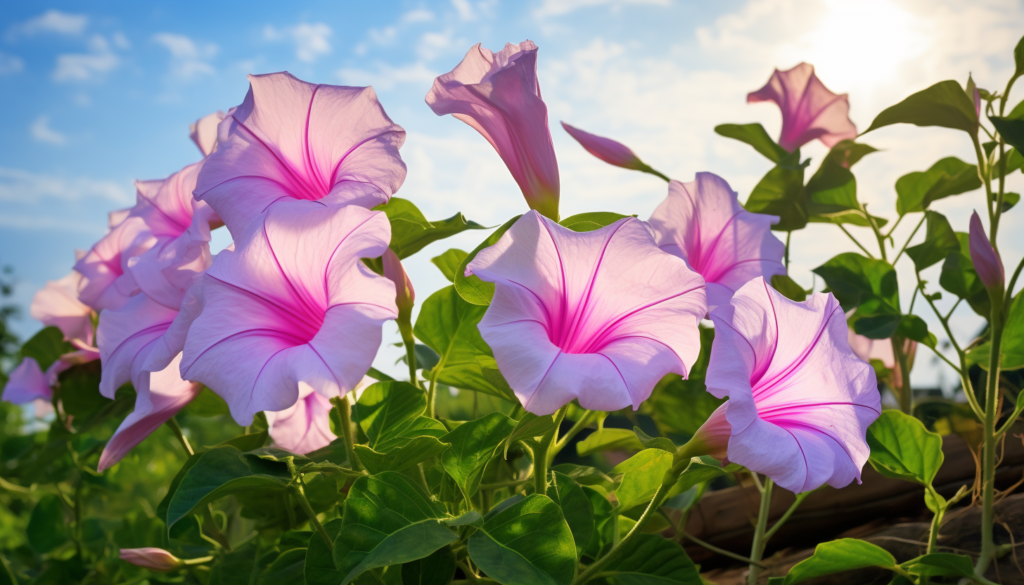
- Family: Convolvulaceae
- Native range: Channel Islands and mainland coast from Monterey County southward into Baja, Mexico
- Height: 1-9 ft (0.3-2.7 m)
- Spread: 20-30 ft (6-9 m)
- Bloom time: Summer to fall
- Flowers: White to pale pink, trumpet-shaped, 2-6 cm (0.8-2.4 in) wide
- Fruit: Capsules
- Soil: Well-drained, sandy loam
- Sun exposure: Full sun to partial shade
- Water needs: Drought-tolerant once established
Island Morning Glory is a drought-tolerant plant and can be grown in full sun to partial shade. These California native vines are a good choice for coastal gardens. Fun fact: the Island Morning Glory is a host plant for the Island White-lined Sphinx moth.
These are just a few of the many California native vines that are available. They can be used in a variety of ways in the garden and can be grown as ground cover, a hedge, or as a climber. They can also be used to create a privacy screen or to cover an unsightly wall. When choosing a vine for your garden, be sure to consider the amount of sunlight it needs, the amount of water it requires, and its growth rate. With a little planning, you can add a beautiful and drought-tolerant vine to your garden that will provide years of enjoyment.
Looking for more California plants? Check out 10 Easy Drought-Tolerant Plants That Will Thrive in Your Zone 9B Garden.
Looking for more California native vines? Check out Calscape’s list here.
Have an idea for content? Get in touch, we’d love to chat.

